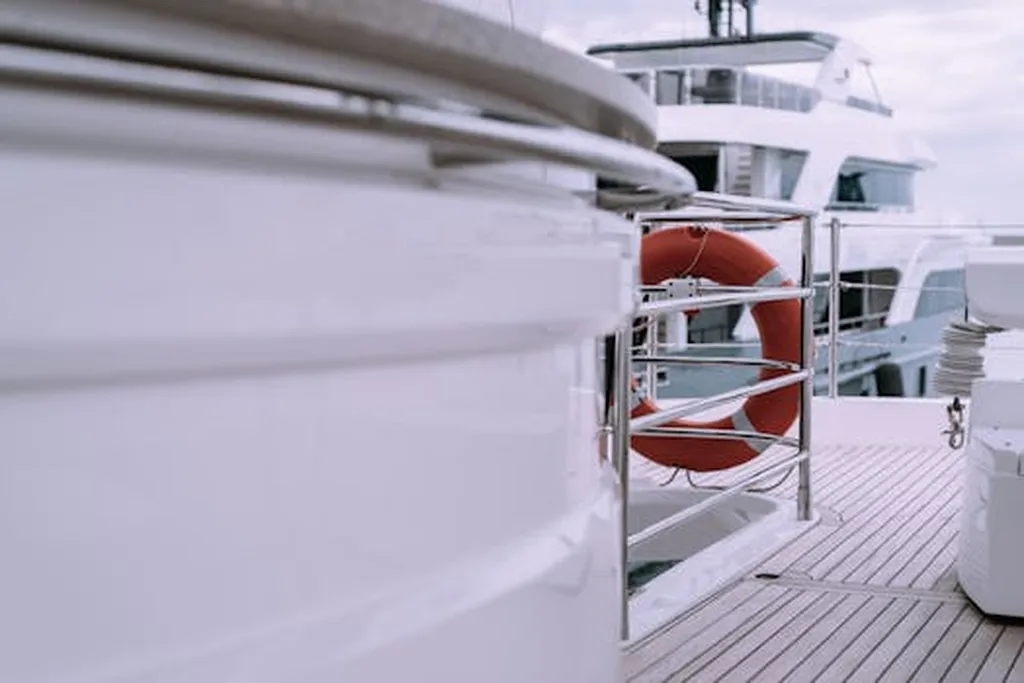In the rapidly evolving world of maritime technology, the rise of Maritime Autonomous Surface Ships (MASS) is both exciting and challenging. A recent study, led by Hyeri Park from the Korea Maritime Institute, sheds light on the safety and regulatory hurdles that need to be addressed to ensure the smooth sailing of these autonomous vessels. The research, published in the journal ‘Applied Sciences’ (translated from Spanish), offers a comprehensive look at the risks and potential solutions, providing a roadmap for the industry to navigate these uncharted waters.
The study builds on a system-theoretic process analysis (STPA) that identified 92 potential loss scenarios for MASS. To prioritize these risks, Park and her team conducted a two-round Delphi survey with 20 experts from various backgrounds, including academia, industry, seafaring, and regulatory bodies. The experts rated each scenario on severity, likelihood, and detectability. The initial round revealed a low concordance, reflecting the diverse perspectives of the panelists. However, after feedback and discussion, the second round achieved substantial agreement, highlighting the top 10 risks.
So, what are the key risks? The study found that high-priority items involved propulsion and machinery, communication links, sensing, integrated control, and human-machine interaction. These risks are further complicated by environmental factors like strong currents, wave-induced motions, and biofouling, which can impair propulsion efficiency and sensor accuracy. As Park notes, “These clusters were translated into five action bundles that addressed fallback procedures, link assurance, sensor fusion, control chain verification, and alarm governance.”
The study also underscores the crucial role of Remote Operators (RO) in MASS safety. Park emphasizes, “Remote Operator competence and oversight are central to MASS safety.” However, MASSs rely heavily on artificial intelligence systems that can fail in degraded states, such as reduced explainability in decision-making, vulnerabilities in sensor fusion, or adversarial conditions like fog-obscured cameras. This highlights the need for both human oversight and resilient algorithmic design.
From a commercial perspective, the findings of this study present both challenges and opportunities for the maritime sector. The identification of key risks and action bundles provides a clear path for companies to invest in research and development, ensuring the safety and reliability of MASS. Moreover, the emphasis on Remote Operators opens up new avenues for training and certification, creating job opportunities and driving economic growth.
The study also supports the explicit inclusion of Remote Operators in the STCW (Standards of Training, Certification, and Watchkeeping for Seafarers) convention, along with watchkeeping and fatigue rules for Remote Operation Centers. This regulatory readiness is crucial for the widespread adoption of MASS, paving the way for a new era in maritime transportation.
In conclusion, the study by Hyeri Park and her team offers a valuable baseline for regulatory debate and future research. As the maritime industry continues to embrace autonomous technology, the insights from this study will be instrumental in ensuring safe, efficient, and reliable operations. The journey towards fully autonomous ships is fraught with challenges, but with concerted efforts and informed decision-making, the industry can navigate these waters successfully.

